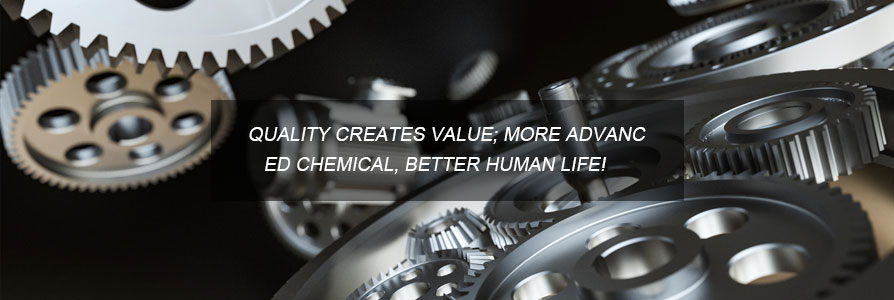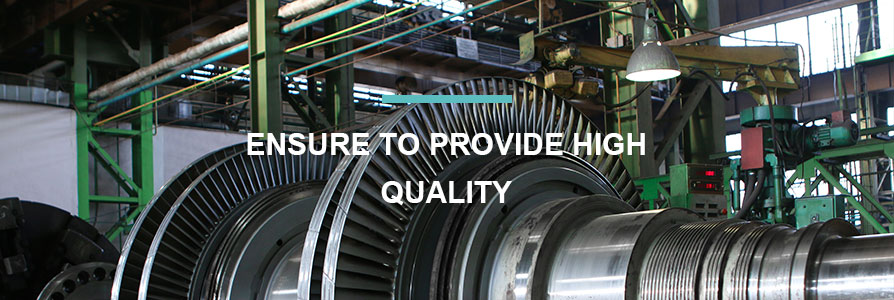What is the Advantage and Disadvantage of Drive Shaft
Sep. 23, 2024
Aluminum vs. Steel Driveshafts
A driveshaft is essential for vehicle operation as it transfers power from the vehicle's transmission to the differentials that rotate the rear wheels. Without the drive shaft, your vehicle's rear wheels would not receive the necessary power to function effectively.
Driveshafts are primarily constructed from steel, however, variations in materials present unique advantages and disadvantages. Understanding the distinction between aluminum and steel driveshafts can significantly influence your vehicle's performance, especially if you plan to customize it.
Steel Driveshafts
Steel driveshafts are the most commonly used type in vehicles and are typically what you’ll find when you first buy a car.
The Advantages
Often favored by manufacturers, steel driveshafts are cost-effective options compared to many alternatives. They possess the ability to effectively dampen vibrations and noise while demonstrating noteworthy durability under normal and somewhat arduous usage. Although they are factory standards, steel driveshafts perform reliably.
The Disadvantages
However, a significant disadvantage of steel driveshafts is their weight; they tend to be heavier than other materials. This added heft may impose additional stress on the vehicle’s engine, causing it to exert more effort when powering the driveshaft.
Steel Variants
Among the types of steel driveshafts available are Chromoly, which, while heavier, offers enhanced performance at high speeds. There are also seam tube driveshafts, appreciated for their low cost but recognized for being less durable compared to other types.
Aluminum Driveshafts
Aluminum driveshafts are commonly found in vehicles with aftermarket enhancements. They provide several improvements over steel, albeit with some trade-offs.
The Advantages
The primary benefits of aluminum driveshafts are their lighter weight and superior resistance to harsh weather conditions. Generally, switching to an aluminum driveshaft can eliminate 10 to 20 pounds from a vehicle, easing the effort needed by the engine during rotation. Likewise, aluminum's rust resistance is particularly advantageous for those driving in snowy conditions, promoting a longer lifespan than steel driveshafts that can rust. Nonetheless, while aluminum is resistant to rust, it is still prone to corrosion and necessitates regular inspection.
The Disadvantages
Despite their lower weight, aluminum driveshafts are inherently weaker than their steel counterparts, increasing the risk of breaks. When aluminum fails, it tends to shear, creating potentially dangerous sharp edges that can damage internal vehicle components or harm vehicle occupants. Moreover, aluminum lacks the noise and vibration dampening qualities of steel, which can result in uncomfortable and, at times, distracting driving experiences.
Choosing the Best Option for Your Needs
When deciding between aluminum and steel driveshafts, think carefully about your driving requirements. Steel driveshafts are generally suitable for standard use, while aluminum may be advantageous in environments where rust is a concern.
Regardless of your choice, you can seek assistance from Drive Shaft in Tulsa to help you select the ideal driveshaft for your car. Experts can provide tailored guidance and connection to high-quality driveshaft replacement parts that best suit your specific needs.
59
0
0
All Comments (0)
Previous: Drive shaft
Next: None
If you are interested in sending in a Guest Blogger Submission,welcome to write for us!




Comments